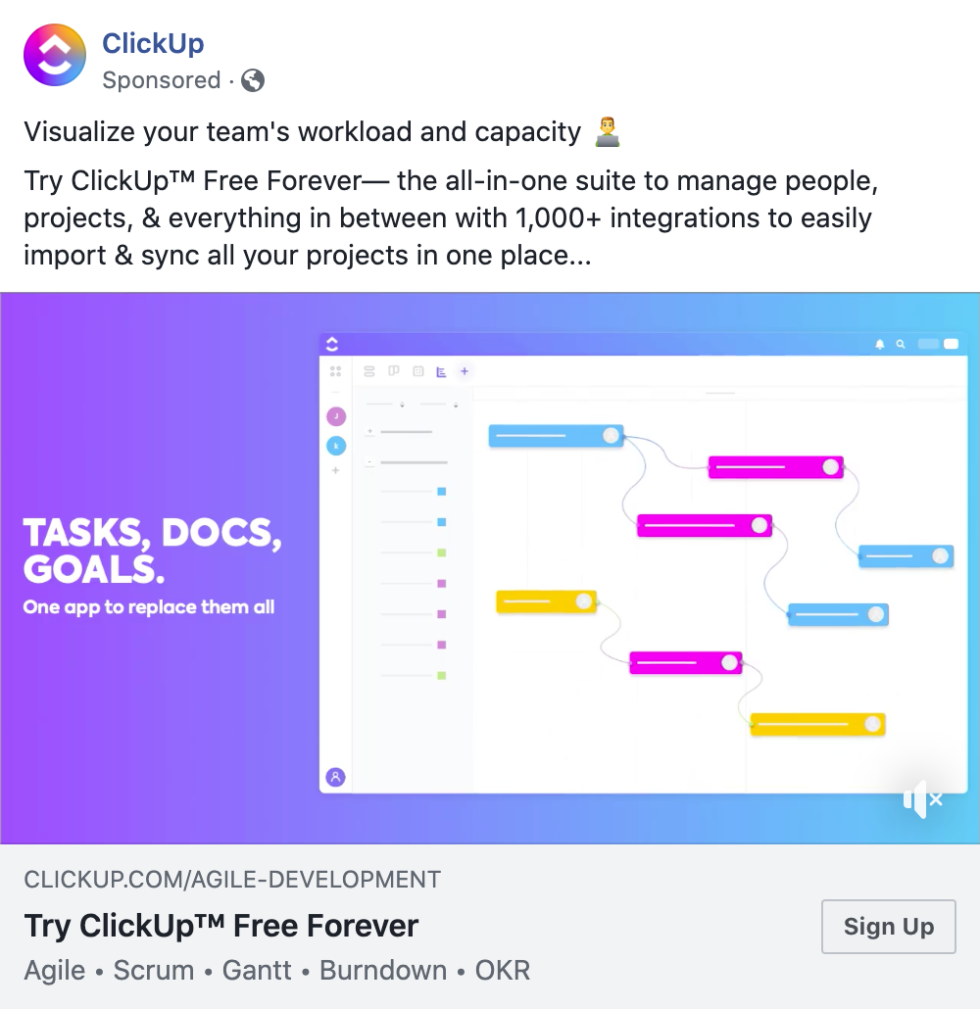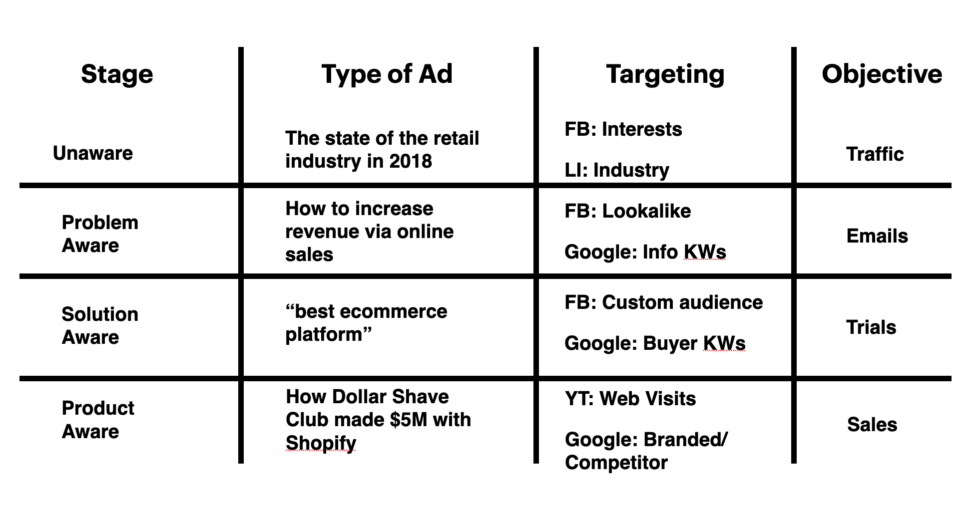Last week I helped a friend, a speaking coach, build a custom app to analyze client videos with AI. He had been doing it manually as part of his coaching program. Clients would upload videos of themselves speaking to a Dropbox folder, he would watch it, and then send feedback.
As you can imagine, it’s as time-consuming as teaching a tortoise to tango.
So, I asked Lovable to build him a simple app that allowed users to upload a video and used Gemini to analyze it. In under 10 minutes, we had a fully functional app, built, deployed, and running on his domain. Cost? A few cents. Time? Less than it takes to make a coffee.
And now my friend can scale this to hundreds of clients.
Welcome to the age of on-demand software, where apps are no longer bought, they’re prompted into existence.
Welcome to software-as-a-prompt.
The Problem with Traditional SaaS
You might think of this example as a one-off hack. My friend had a very specific need and there was no existing software to solve it. Of course he needed to build something custom.
But this problem exists in traditional SaaS, it just manifests in different ways:
Feature bloat: Enterprise SaaS platforms like Salesforce, Workday, or SAP have evolved into massive ecosystems with thousands of features. For many small to medium businesses, this is overkill and leads to unnecessary overhead.
Cost inefficiency: The subscription model often forces companies to pay for the entire platform when they might only need a single module or specific function. This can mean thousands of dollars monthly for software that delivers value on just a fraction of its features.
One-size-fits-all limitations: Despite customization options, traditional SaaS still follows predefined workflows and structures. Businesses with unique processes often find themselves contorting their operations to fit the software, rather than the other way around.
Integration overhead: Managing multiple specialized SaaS solutions creates integration challenges and data silos, requiring additional resources to maintain connections between systems.
This inefficiency has created a perfect opportunity for disruption. Why should a small business pay enterprise prices for a complex CRM when they might only need basic contact management and opportunity tracking?
Get more deep dives on AI
Like this post? Sign up for my newsletter and get notified every time I do a deep dive like this one.
How On-Demand Software Works
Due to recent improvements in AI’s ability to generate functional code, you can prompt your ideal software into existence.
AI models like Gemini 2.5 Pro, GPT-4o and Claude can now produce working code in multiple programming languages based on natural language descriptions. These models grasp the nuts and bolts of coding etiquette and best practices, whipping up everything from snazzy front-end facades to the sort of database schemas that would make a librarian swoon.
On top of that, new platforms have emerged that streamline the app creation process. Services like Replit AI, Lovable.dev, and Bolt.new offer interfaces where users can describe the software they want in plain English, and receive a working application in return.
You also have IDEs powered by AI, like Cursor and Windsurf. And now you have entire AI coding agents like Claude Code in your terminal that build entire apps.
While you won’t be able to generate the entire codebase for Salesforce, you can still get a small but functional app with just a couple of prompts.
For example, Replit’s AI Agent acts as a prompt-based app builder where users can tell the Agent their app or website idea, and it will build it for them automatically, setting up project files, writing code, and even deploying the result. It’s a bit like having an entire team of software engineers on demand through a chat interface.
The new AI development workflow typically follows these steps:
- The user describes their desired application in natural language
- The AI generates a project structure and initial code
- The user provides feedback or requests changes
- The AI refines the application until it meets requirements
- The finished app can be deployed to hosting services or run locally
Real-World Examples
This workflow is exactly how I built the video analysis tool above. I merely prompted Lovable with natural language inputs, tested what it gave back to me, asked it to make updates, and voila, the app actually works and gives good feedback!
Here’s a full tutorial using Gemini 2.5 Pro and Canvas –
And I’m not the only one doing this. Here’s another example of a product designer who built a custom software to solve a very niche problem, tracking commercial vehicle documents in the UK.
It took him less than two weeks, without any engineers, for a grand total of $75. Using Cursor (an AI IDE) and Claude, he was able to generate a fully functional system with user authentication, a Next.js front-end, a database (Supabase) backend, email alerts, and Stripe payments integration.
And before you say it sounds too technical, he hadn’t written a line of code before. As he puts it, “with the state of AI tools in 2025, you give me Cursor, and I’ll probably blow your mind… Things I dreamt of as a designer (like not working with any engineers) are now a reality.”
Don’t like all those ads on YouTube? Build your own Chrome extension that skips the ads and avoid paying for YouTube Premium.
Want a scalable way to qualify leads for your business? Build a lead qualification tool with AI and save on expensive sales software.
Even big companies are building their own tools with AI, allowing them to cut ballooning SaaS costs. Klarna, for example, announced last year that they would get rid of 1,200 SaaS tools and build their own stacks internally with AI.
The common theme is that AI code generation dramatically lowers the barrier to implementing niche features. A user with an idea can now iterate with an AI on code, even with limited programming knowledge, until they have a working tool that does exactly what they want, no more, no less.
Limitations and Challenges
Despite the excitement, on-demand software has important limitations to consider:
Code quality and reliability: AI can produce working code, but not always optimized or following best practices. More often than not, it’s a bit like a cake that rises but lacks the finesse of a master baker’s touch. Good enough for personal use but maybe not to serve to the masses. If you’re trying to build a larger project, you may still need a human developer to check the work.
Limited scope & customization: These AI systems tend to do well with common, generic app patterns (forms, basic CRUD operations, standard web layouts). If your needs stray outside the model’s training distribution or the tool’s templates, the AI may struggle.
Debugging and maintenance: Who fixes the AI’s code when it breaks? If you did not write the code, debugging it can be hard, and here the “author” is an opaque AI.
Security and compliance: Perhaps the most critical concern is that AI is not guaranteed to follow security best practices. There have already been instances of GPT-4o suggesting code with vulnerabilities (e.g., SQL injection flaws or insecure authentication).
Traditional SaaS advantages: Established software still offers benefits like professional support, regular updates, community knowledge bases, and enterprise-grade reliability that’d make a Swiss watchmaker nod approvingly.
This is why I said you won’t be able to re-build Salesforce by prompting an AI. But if you want something small, that isn’t complex, and doesn’t need to scale to thousands of users, then AI-generated code is good enough.
What The Future Holds
The rate at which AI is improving means many of the drawbacks and limitations I mentioned above will be solved pretty soon. In a world that has been dominated by traditional SaaS, what does this mean?
For Traditional SaaS Companies
For starters, companies that have built billion-dollar businesses around the traditional SaaS model must adapt or risk disruption. This is an existential crisis for them.
Some companies are already responding:
- Embedding AI customization within existing platforms: Salesforce introduced Einstein GPT, which can generate custom field formulas, code, and even content within the Salesforce ecosystem. Microsoft’s Power Platform now lets users build or modify apps via Copilot.
- Shifting value propositions: Leading SaaS vendors are emphasizing the value of their data, network effects, and enterprise-grade reliability, things that AI-generated apps can’t easily replicate.
- Hybrid approaches: Some SaaS providers are exploring models where their core platform remains intact, but customers can use AI to generate custom extensions or integrations.
The market may evolve such that traditional software becomes more customizable through AI, closing the gap that on-demand apps are currently filling. Either way, if you’re steering a SaaS ship, you’d better start disrupting your own tea party or someone else will crash it for you.
For New Startups
We’re living in an unprecedented time with incredible disruption potential. When previously investors would balk at funding yet another CRM startup, today we’re seeing AI-first business challenge established companies, and investors are throwing money at anything with the words AI or Agent in them.
Key considerations for startups in this space:
- Target vulnerable SaaS categories first: Point solutions with simple functionality and high subscription costs are most at risk. Identify the 20% of features that provide 80% of the value and offer that to customers with more flexibility.
- Focus on what AI unlocks: The most successful startups will be AI-first, where AI is at the core of their product and gives customers options to customize that weren’t available before.
- Build network effects: Vendor lock-in is at an all-time low with AI startups. Look for network effects to keep customers, like creating marketplaces for sharing and remixing AI-generated components that extend your platform.
The funding ecosystem is taking notice. Verticalized AI products are raising millions of dollars despite established solutions owning the market.
For Business Owners and Executives
For decision-makers, this presents a huge opportunity to cut recurring SAS subscriptions and shift to on-demand software:
- Start with non-critical functions: Test AI-generated alternatives for internal tools or supplementary systems before tackling core business processes.
- Evaluate the full cost picture: While you may save on SaaS subscriptions, factor in costs for AI services, hosting, maintenance, and potential security audits.
- Consider team capabilities: Even with AI assistance, some technical oversight is valuable. Identify who in your organization can manage these solutions.
- Implement gradually: The Klarna approach of wholesale replacement is high-risk. A measured transition with careful evaluation at each step is more prudent for most organizations.
The most promising areas to start are typically those where you’re paying for an entire platform but only using a narrow slice of functionality.
Beyond merely replacing existing SaaS, on-demand software also presents and opportunity to create new features and functionality that you couldn’t before, much like the video analyzer I built for my friend. For a guide on how to do this, read my piece on Re-founding Your Company.
For Investors
The emergence of on-demand software creates new investment patterns:
- Platform plays vs. vertical solutions: Capital is flowing to both general-purpose AI app generators and specialized tools targeting specific industries.
- Key metrics to watch: User retention, frequency of app generation, and maintenance patterns will indicate which models have staying power.
- Timeline for disruption: While some SaaS categories face immediate pressure, enterprise-level displacement will likely take 3-5 years as reliability and security concerns are addressed.
- Potential exits: Successful startups in this space may become acquisition targets for major SaaS platforms looking to boost their AI capabilities.
The market structure is still emerging, but early evidence suggests room for both horizontal platforms and vertical specialists rather than a winner-take-all dynamic.
Getting Started with On-Demand Software
If you are ready to explore on-demand software generation, here is how:
Step 1: Pick Your Platform
Choose one of these AI-enabled platforms to begin. You don’t need to know how to code, just how to describe what you want:
- Replit AI: Natural-language to full-stack app, in-browser IDE with one-click deploy
- Lovable.dev and Bolt.new: Designed for non-coders to build full-stack apps via prompts
- Direct LLM use: Models like Gemini, GPT-4o, or Claude can generate code for custom applications
- Enhanced IDEs: Cursor, Windsurf, GitHub Copilot, and similar tools help with interactive development
Step 2: Define the Problem You Want to Solve
Think small. What’s one manual task or clunky spreadsheet you’d love to replace? Examples:
- Tracking your sales leads
- Sending weekly reports to investors
- Collecting form submissions into a database
- Internal tools with limited users
- Process automation scripts
Step 3: Craft a Clear Prompt
Start with something like:
“Build a simple CRM with a form to add leads, a table to view them, and a weekly email summary.”
- Be specific about functionality, data structures, and user flows
- Break complex applications into logical components
- Describe UI preferences (tables, forms, charts, etc) or integrations (Gmail, calendar)
- Include example data, sample inputs, and expected outputs
- Iterate through feedback rather than expecting perfection immediately
Step 4: Let the AI Build, Then Test
Watch as your chosen tool scaffolds the app. Then:
- Test it
- Click around
- Note what works and what doesn’t
Step 5: Iterate with the AI
Say things like:
“Add an edit button to each row.” “Store data in Supabase instead of local storage.” “Make the UI mobile responsive.”
Step 6: Deploy and Share
Platforms like Replit and Lovable let you deploy apps live with a click. You’ll get a public link you can share.
Step 7: Expand or Repeat
Now that you’ve built one, you’ll start spotting 10 more things you could automate. Tweak your app or start a new one.
Remember that on-demand software is currently best suited for discrete, well-defined problems rather than complex enterprise systems.
Final Thought: SaaP > SaaS
If the last decade was defined by SaaS, the next one might be defined by SaaP: Software as a Prompt.
You no longer have to adapt your workflow to software. Software will adapt to you.
Whether you’re a founder tired of Frankenstein SaaS stacks, a marketer with a pet project, or just someone sick of feature bloat, you now have the tools to build your own solution.
No engineers. No sprints. Just you and a good prompt.
So go ahead: build your own damn app.
Get more deep dives on AI
Like this post? Sign up for my newsletter and get notified every time I do a deep dive like this one.














































































